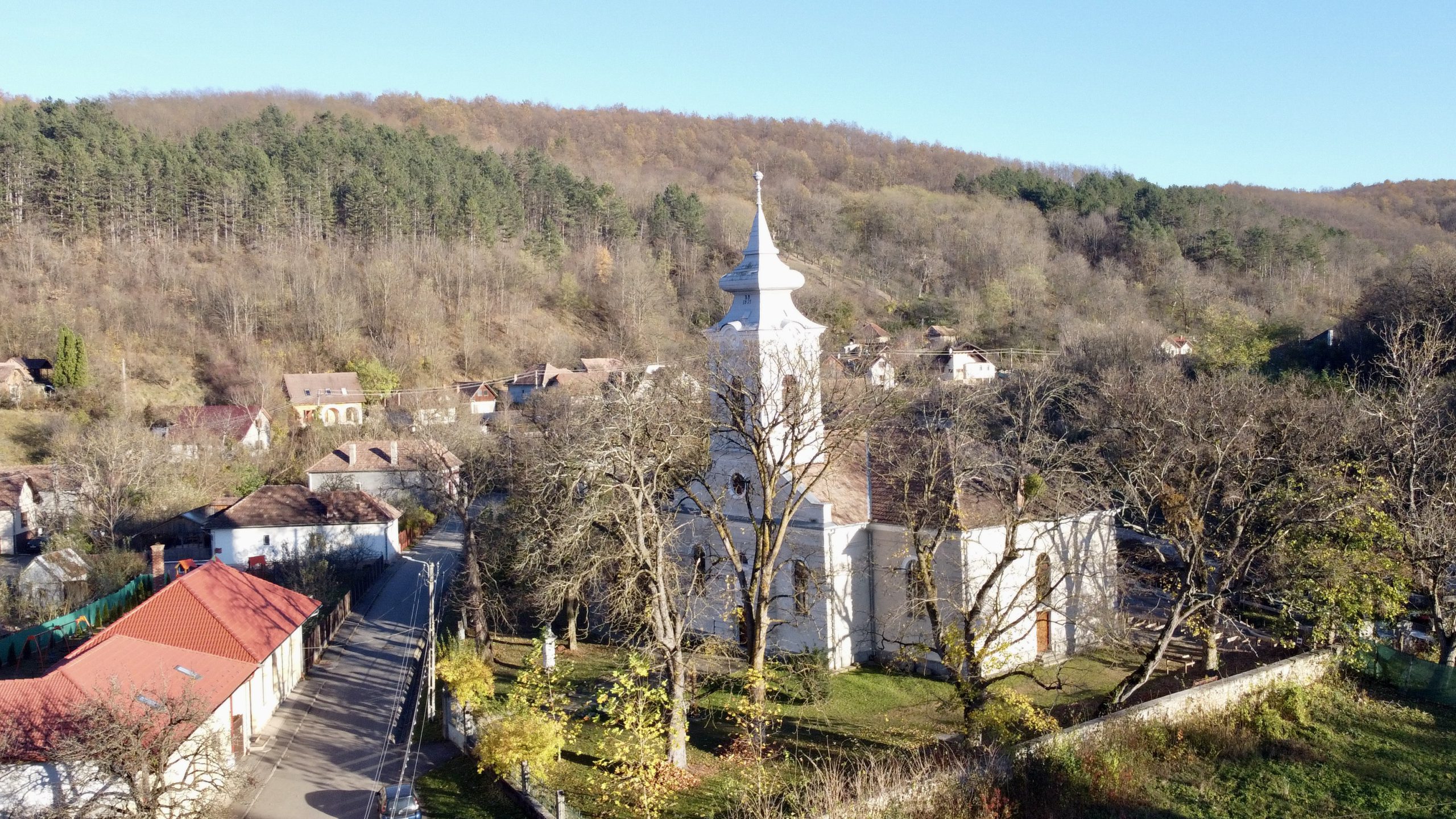- Comuna Săvădisla
- Primăria
- Consiliul Local
- Informații de Interes Public
- Noutăți
- Taxe și Impozite
- Stare Civilă
- Asistență Socială
- Registrul Agricol
- Urbanism
- Fond funciar
- Achiziții Publice
- Buget
- Bilanțuri Contabile
- Solicitare Informații – Legea 544/2001
- Declarații de Avere si Interese
- Transparență Decizională
- Integritatea Instituțională
- Registrul de Evidență a Sistemelor Individuale Adecvate pentru Colectarea și Epurarea Apelor Uzate
- P.N.R.R.
- Contact
- Monitorul Oficial Local
Săvădisla
- Acasă
- Comuna Săvădisla
- Localitățile comunei
- Săvădisla
- Comuna Săvădisla
- Primăria
- Consiliul Local
- Informații de Interes Public
- Noutăți
- Taxe și Impozite
- Stare Civilă
- Asistență Socială
- Registrul Agricol
- Urbanism
- Fond funciar
- Achiziții Publice
- Buget
- Bilanțuri Contabile
- Solicitare Informații – Legea 544/2001
- Declarații de Avere si Interese
- Transparență Decizională
- Integritatea Instituțională
- Registrul de Evidență a Sistemelor Individuale Adecvate pentru Colectarea și Epurarea Apelor Uzate
- P.N.R.R.
- Contact
- Monitorul Oficial Local
Săvădisla este reședința comunei cu același nume și este cel mai mare sat al comunei. Numele provine de la numele patronului primei biserici a satului, Szent László (Sfântul Ladislau) (Ladislaus I. 1040-1095), rege al Ungariei în perioada 1077-1095. Cavalerul-rege a fost canonizat de Biserica Romano-Catolică în anul 1192. Potrivit legendei, regele Sfântul Ladislau a colonizat aici prizonieri maghiari care au fost eliberați din captivitatea cumanilor.
Așezarea este situată de-a lungul fostului drum roman care lega văile Mureșului, Arieșului și Someșului Mic. Prima atestare scrisă a localității datează din anul 1285, când este menționată într-un document de succesiune sub numele de S. Ladislai. Totodată, din document reiese și faptul că biserica satului exista deja în timpul domniei regelui Imre (Emerik 1196-1204). În prima jumătate a secolului al XIV-lea, satul este menționat în registrul papal al zeciuielilor sub numele de Villa de Sancto Ladislao, în secolele XV- XVI sub numele de Zenthlazlo, iar în secolele XVIII – XIX apare în documente sub numele de Szent László (Sfântul Ladislau). Așezarea a făcut parte uneori din comitatul Kolozs (Cluj), iar alteori din comitatul Torda (Turda). La sfârșitul secolului al XIX-lea a primit prefixul Torda și a devenit actualul Tordaszentlászló. În limba română, în secolul al XIX-lea s-a mai numit Sân-Laslău, Săvăghisla, iar în secolul al XX-lea s-a definitivat denumirea de Săvădisla. În limba română, denumirea se trage probabil din versiunea slavă a numelui Sfântului Ladislav (Svet Vladislav).
Timp de secole, satul și hotarele sale au făcut parte din domeniul Cetății regale Liteni. Locuitorii săi au fost cărăuși ai sării extrase la Turda, gardieni ai căii de transport, precum și militari, meșteșugari și vânători ai Cetății Liteni. Biserica romano-catolică din perioada Arpadiană a fost construită pe un deal lângă pârâul Bence. Aceasta a fost mărită în anul 1488 și demolată în 1888. În secolul al XVI-lea, locuitorii satului s-au convertit la religia protestantă. Actuala biserică reformată din sat a fost construită pe un nou amplasament la care s-au folosit pietrele vechii biserici. Aceasta a fost sfințită în anul 1889.
Așezarea a aparținut domeniului Cetății Liteni. În secolul al XV-lea, cetatea și Săvădisla au fost deținute de Pongrácz Jánosné Csolnokosi Klára, sora vitregă a lui Iancu de Hunedoara (Hunyadi János), iar mai târziu de Corvin János, fiul nelegitim al regelui Matia Corvin (Hunyadi Mátyás). În perioada Principatului Transilvaniei (1541-1690), așezarea a aparținut familiilor nobiliare Géczi, apoi Kamuty și Jósika. În secolele XIX – XX, satul a fost deținut de urmașii baronilor Jósika: familiile Csáky, Mikes și Széchen, iar pădurile din jur au fost deținute de familia Andrássy. Ultimul moșier al satului a fost contele Széchen Miklós, ultimul ambasador la Paris al Monarhiei Austro-Ungare. Acesta a plantat în sat, în secolul al XIX-lea, un parc dendrologic și a construit castelul, care, după reforma agrară din 1921-1925, a fost vândut statului român. Începând din anul 1931, în clădire funcționează un sanatoriu pentru tratamentul bolnavilor cu afectiuni pulmonare.
În sat, exista deja o școală reformată din anul 1606, din anul 1888 satul avea o asociație corală, din 1898 un grup amator de teatru, un club de lectură și o bibliotecă, din 1934 un serviciu de pompieri și o fanfară, din anul 1967 un muzeu al satului, iar din 1996 un muzeu al Țării Călatei. Săvădisla este unul dintre centrele mișcării corale din Transilvania, iar din anul 1990, de Ziua Sfântului Ladislau, satul găzduiește anual Întâlnirea Corală „Szent László”.
Din punct de vedere etnografic, Săvădisla împreună cu Liteni și cu Vlaha, reprezintă periferia regiunii Călata, la granița cu regiunea Arieșului.
Recensămintele prezintă Săvădisla ca o așezare majoritar maghiară și de religie reformată. În anul 1930, avea 1 610 locuitori (1 558 maghiari, 44 români), în anul 1977 erau 1 345 (1 236 maghiari, 105 români), în anul 1992 erau 1 090 (1 046 maghiari, 31 români, 19 romi), în 2002 erau 1 025 (966 maghiari, 46 români, 13 romi), în 2011 avea 1 071 (956 maghiari, 82 români, 20 romi), în 2021 erau 1 055 de locuitori (867 maghiari, 119 români, 18 romi). În anul 2021, 787 de locuitori s-au declarat reformați sau unitarieni, 97 ortodocși, 44 romano-catolici, 19 greco-catolici, 9 Martori ai lui Iehova, iar 4 baptiști.
În Săvădisla funcționează o grădiniță, o școală primară și o bibliotecă în limba maghiară. Satul este conectat la rețeaua națională de gaze naturale, în proporție de 90 % are rețea de apă potabilă și canalizare, iar drumurile sunt asfaltate în proporție de 80 %.
Györkös Ferenc, scriitor (1878-1946), Palocsay Zsigmond, poet (1935-1994), Györkös Mányi Albert, pictor (1922-1993) sunt personalități marcante care s-au născut la Săvădisla.
- UAT Săvădisla
- 1.844
- Str. Principală, Nr. 35, Comuna Săvădisla, 407505, Județul Cluj
- +40 264 374 275
- +40 264 374 275
- primsav@yahoo.com



